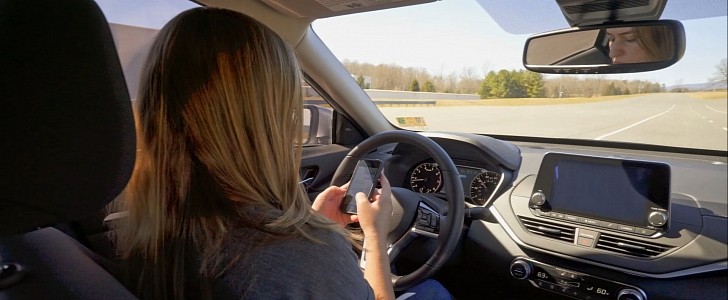The Insurance Institute for Highway Safety wants drivers to stay focused on the road even when the vehicle operates in semi-autonomous mode. The body has developed a new rating system that encourages carmakers to implement safeguards to prevent drivers from being distracted. This can range from escalating alerts to emergency procedures when the drivers fail to respond to alerts.
Semi-autonomous vehicles came under increased scrutiny after several accidents happened when the car was operating under semi-automated driving. Systems like Tesla’s Autopilot make people believe the car is capable of driving itself, but the truth is no car on the road today can do that. This is why accidents happened while the driver was watching movies or playing games. And that’s why we have videos that show people napping in the back seat instead of driving their cars.
Even when the driver is aware of the vehicle’s shortcomings, things tend to get out of control. This goes down to human nature, as people find it harder to remain vigilant when they’re watching and waiting for a problem to occur. This is why we need technology to watch the person behind the wheel and make sure his mind is focused on driving. This can be achieved by monitoring gaze, head posture, or hand position to ensure they are consistent with someone who is actively engaged in driving.
The new IIHS rating plans to encourage safeguards that help reduce intentional and unintentional use. “Driving” from the back seat should not be possible in the first place, although creative people are notoriously good at finding workarounds. The new rating’s purpose is not to analyze the functional aspects such as how well the cameras or radar sensors identify obstacles.
To earn a good rating, systems should use multiple types of alerts to force the driver to look at the road and return their hands to the steering wheel. These include chimes, vibrations, pulsing the brakes, or tugging on the driver’s seat belt, in rapid succession, and with greater urgency as time passes. If the driver fails to respond, the car should slow down or even stop and alert the emergency services.
The first set of ratings should be released this year, but no timeline has been provided. It certainly depends on IIHS’s ability to test new cars, as the current supply chains bottlenecks made it difficult to obtain the vehicles from the carmakers.
Even when the driver is aware of the vehicle’s shortcomings, things tend to get out of control. This goes down to human nature, as people find it harder to remain vigilant when they’re watching and waiting for a problem to occur. This is why we need technology to watch the person behind the wheel and make sure his mind is focused on driving. This can be achieved by monitoring gaze, head posture, or hand position to ensure they are consistent with someone who is actively engaged in driving.
The new IIHS rating plans to encourage safeguards that help reduce intentional and unintentional use. “Driving” from the back seat should not be possible in the first place, although creative people are notoriously good at finding workarounds. The new rating’s purpose is not to analyze the functional aspects such as how well the cameras or radar sensors identify obstacles.
To earn a good rating, systems should use multiple types of alerts to force the driver to look at the road and return their hands to the steering wheel. These include chimes, vibrations, pulsing the brakes, or tugging on the driver’s seat belt, in rapid succession, and with greater urgency as time passes. If the driver fails to respond, the car should slow down or even stop and alert the emergency services.
The first set of ratings should be released this year, but no timeline has been provided. It certainly depends on IIHS’s ability to test new cars, as the current supply chains bottlenecks made it difficult to obtain the vehicles from the carmakers.








